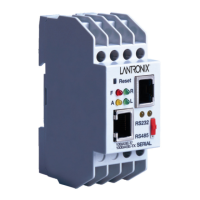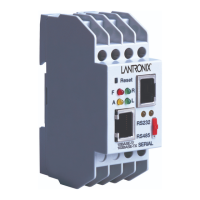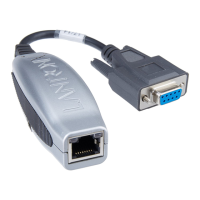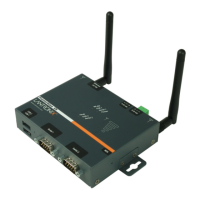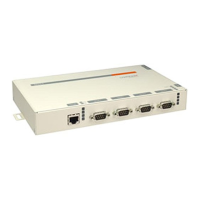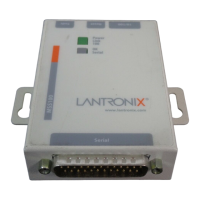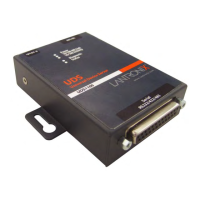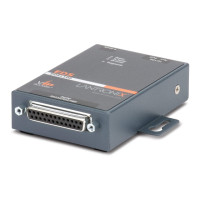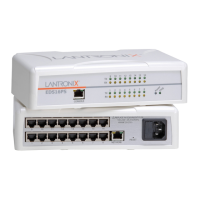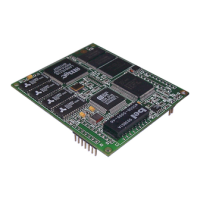2: Introduction
XPort® Device Server User Guide 13
Protocol Support
The XPort device server uses the Internet Protocol (IP) for network communications. It uses
the Transmission Control Protocol (TCP) to assure that no data is lost or duplicated, and that
everything sent to the connection arrives correctly at the target.
Supported protocols include:
ARP, UDP, TCP, ICMP, Telnet, TFTP, AutoIP, DHCP, HTTP, and SNMP for network
communications and management.
TCP, UDP, and Telnet for connections to the serial port.
TFTP for firmware and web page updates.
IP for addressing, routing, and data block handling over the network.
User Datagram Protocol (UDP) for typical datagram applications in which devices interact
with other devices without maintaining a point-to-point connection.
SMTP for email transmission.
Configuration Methods
For the unit to operate correctly on a network, it must have a unique IP address on the
network. There are three basic methods for logging into the device server to assign an IP
address and configure the unit:
DeviceInstaller: Assign an IP address and view the current XPort module configuration
using a Graphical User Interface (GUI) on a PC attached to a network. See 3 Using
DeviceInstaller.
Web Manager: Through a web interface, configure the XPort and its settings using the XPort
module’s Web Manager. See 4 Configuration Using Web Manager
Serial & Telnet Ports: There are two approaches to accessing Serial Mode. Make a Telnet
connection to the network port (9999) or connect a terminal (or a PC running a terminal
emulation program) to the unit’s serial port. See Chapter Chapter 5: Configuration via Telnet
or Serial Port (Setup Mode).
Addresses and Port Numbers
Hardware Address
You need to know the unit’s hardware address (also known as a MAC address). It is on the
product label, in one of the following formats depending on the model of your XPort unit:
Hardware Address for XPort-05: 00-80-A3-____-____-____
Hardware Address for XPort-03 and XPort-04: 00-20-4A-____-____-____
Note: Make note of the MAC address. It is needed to locate the XPort module using
DeviceInstaller.
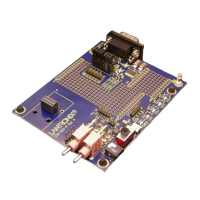
